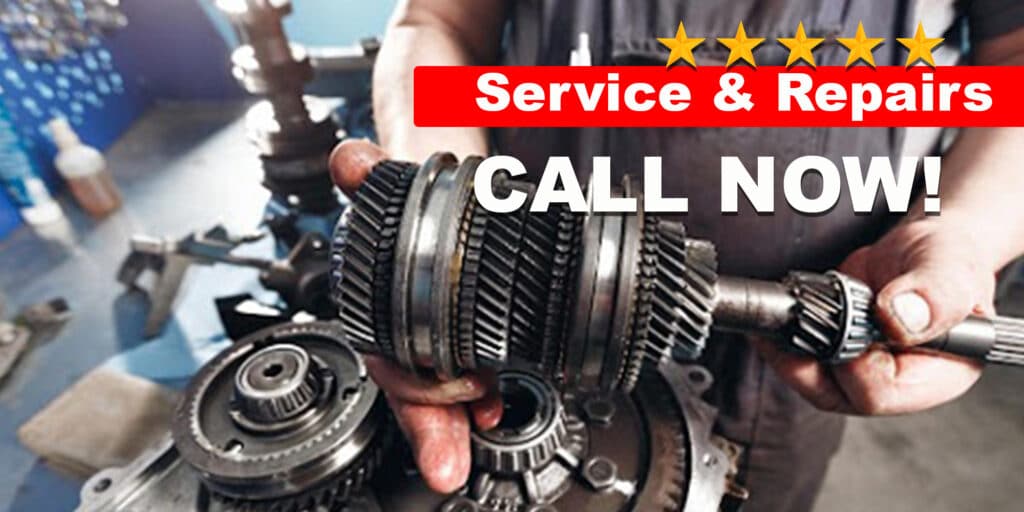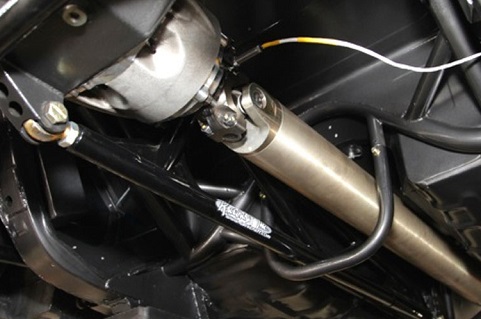AUTOMOTIVE DIFFERENTIAL
There’s a lot that goes into keeping your automotive automotive differential or axles maintained. Complete new driveline assemblies, custom repairs and balancing. That’s why we keep our technicians up to date with training and our driveline shops stocked with the most dependable high-quality parts.
Drivers have depended on our custom built drivelines and driveline repair services for more than seven decades. And for good reason. From heavy-duty trucks to 4x4s to farm equipment, every driveline is balanced to OEM specifications using our state-of-the-art equipment.
And when we do a job automotive differential, we do it right – so every driveline repair is backed by our 3 year nation wide warranty. Count on CENTRIC in San Marcos for the fast turnaround, superior quality and exceptional precision that you and your truck deserve.
OUR DRIVELINE SHOPS HAVE YOU COVERED
- Aluminum Drivelines
- Carrier Bearings
- Constant Velocity (CV) Universal Joints
- End Yokes
- Flange Yokes
- Slip Yokes
- Stub Shafts
- Tubing
- U-Joints
- Weld Yokes
Products and services vary.
Contact your store for details.
Servicing
- San Marcos
- Vista
- Escondido
- Carlsbad
- Oceanside

A differential is a gear train with three drive shafts that has the property that the rotational speed of one shaft is the average of the speeds of the others. A common use of differentials is in motor vehicles, to allow the wheels at each end of a drive axle to rotate at different speeds while cornering. Other uses include clocks and analog computers.
Differentials can also provide a gear ratio between the input and output shafts (called the “axle ratio” or “diff ratio”). For example, many differentials in motor vehicles provide a gearing reduction by having fewer teeth on the pinion than the ring gear.
Bad Driveshaft Symptoms You Shouldn’t Ignore
Each driveshaft component plays a vital role in your vehicle’s operation. Even if one piece doesn’t work properly, you will notice a significant decrease in your ride quality, often followed by vibrations, squeaking sounds, and loud noises.
The driveshaft is the component between your vehicle’s differentials, responsible for transferring rotation and torque to the drive wheels. It needs to be perfectly balanced to ensure a smoother driveline operation and prevent the dangerous effects caused by the lack of balance.
The driveshaft consists of the following components:
CV axle
The CV axle is located between drive wheels, and its role consists of delivering power to the wheels as they go on different types of terrain. Difficulty turning, tire resistance, vibration, and noise indicate the problems with the CV axle. A bad CV axle often requires replacement.
CV boot
The role of the CV boot is to keep your CV joints lubricated, and any CV boot damage will result in a loss of lubrication. Since the CV boot keeps the joints safe from dirt or debris, it is critical to have it inspected on time. Otherwise, you may face expensive repairs or replacements.
CV joints
The CV joints connect the transmission to the wheels. The role of the CV joint is to transmit torque to the wheels, regardless of the shaft or axle’s angle. If the CV joints lose lubrication due to the CV boot failure, they may slowly degrade over time, resulting in vibrations, noises, and loss of acceleration. A damaged CV joint typically requires replacement.
U-joint
Universal joints, also known as u-joints, transmit the rotational force between the driveshaft, differentials, and the transmission. As an essential linking component, a u-joint must be flexible and functional all the time. If you notice the signs of grinding, squeaking, and clicking sounds followed by vibrations and rattling noises, you may need to replace your u-joints.
Driveshaft Yokes
One driveshaft yoke connects to the car’s rear while another one reaches into the transmission. Signs like clunking noises and vibrations may indicate the problems associated with driveshaft yokes, which you’ll need to replace soon.
Need a Comprehensive Driveshaft Repair in San Marcos, CA? Call Specialist at (760) 490-0487
History[edit]
Milestones in the design or use of differentials include:
- 100 BCE–70 BCE: The Antikythera mechanism has been dated to this period. It was discovered in 1902 on a shipwreck by sponge divers, and modern research suggests that it used a differential gear to determine the angle between the ecliptic positions of the Sun and Moon, and thus the phase of the Moon.[1][clarification needed]
- c. 250 CE: Chinese engineer Ma Jun creates the first well-documented south-pointing chariot, a precursor to the compass. Its mechanism of action is unclear, though some 20th century engineers put forward the argument that it used a differential gear.[2][clarification needed]
- 1720: Joseph Williamson uses a differential gear in a clock.[citation needed]
- 1810: Rudolph Ackermann of Germany invents a four-wheel steering system for carriages, which some later writers mistakenly report as a differential.
- 1827: Modern automotive differential patented by watchmaker Onésiphore Pecqueur (1792–1852) of the Conservatoire National des Arts et Métiers in France for use on a steam wagon.[3]
- 1832: Richard Roberts of England patents “gear of compensation”, a differential for road locomotives.[citation needed]
- 1874: Aveling and Porter of Rochester, Kent list a crane locomotive in their catalogue fitted with their patent differential gear on the rear axle.[4]
- 1876: James Starley of Coventry invents chain-drive differential for use on bicycles; invention later used on automobiles by Karl Benz.
- 1897: While building his Australian steam car, David Shearer made the first use of a differential in a motor vehicle.[5]
- 1958: Vernon Gleasman patents the Torsen limited-slip differential,[6] a design which solely uses gears (without any clutches, unlike many other types of limited-slip differentials).


